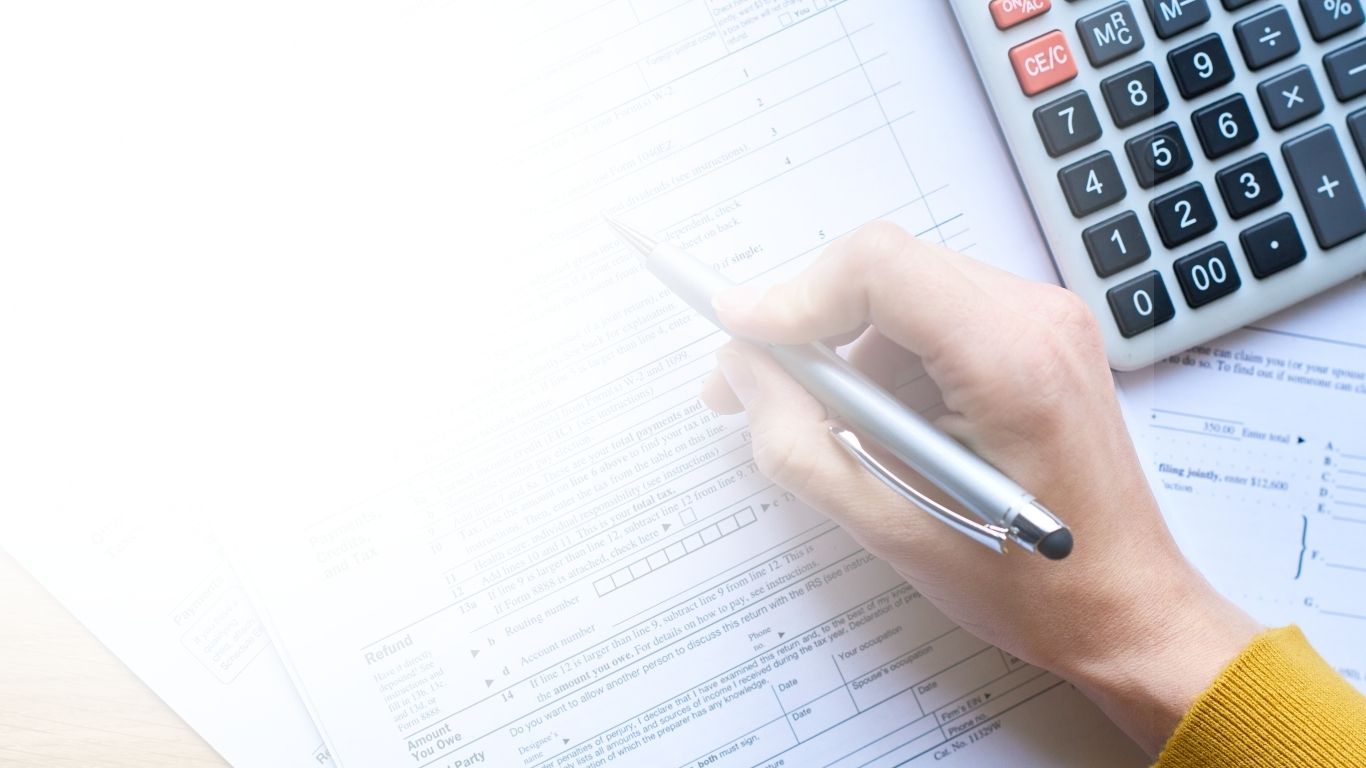The government has recently updated the rules for establishing reserves for bad debts to clarify the current landscape regarding disputes over these reserves. Bad debt reserves are a significant focus during tax audits of banks and financial institutions. This update brings legal certainty, fairness, and convenience to calculating bad debt reserves for various entities, including banks, financing companies, finance lease companies with option rights, consumer financing companies, and factoring companies.
Bad Debt Calculation Limit
Article 5 of PMK-74 outlines how to form and calculate the recorded amount of bad debt reserve at the end of the Fiscal Year. These reserves are categorized based on the staging method and the collectability method as follows:
Method | Scale |
Staging | Good |
Not good | |
Poor | |
Collectability | Current |
Special Mention | |
Sub Standard | |
Doubtful | |
Loss |
Details regarding the limits for each type of eligible financial institution are summarized in two tables below:
1.
2.
*After deducting the collateral value
The recorded amount of bad debt reserve is calculated in two ways. For debts categorized by the staging method, the recorded amount of credit debt or Sharia-compliant financing is used as reported on the financial statement at the end of the current Fiscal Year. For debts categorized by the collectability method, the recorded amount is also based on credit debt or Sharia-compliant financing but is calculated after deducting the value of any collateral.
Collateral Percentage for Liquid Asset and Other Asset
According to Article 6 of PMK-74, the value of collateral that can be deducted from the recorded amount of debt is set at 100% for liquid assets and 75% for other assets. The types of collateral that are eligible for this deduction specified by this Article are as follows:
Fiscal Adjustment Calculation
Article 4 of PMK-74 addresses several important points. Taxpayers can deduct bad debt reserves from their gross income under applicable financial accounting standards, as long as they do not exceed specified limits. The formation of bad debt reserves is calculated based on the recorded amount at the end of the Fiscal Year, minus the initial bad debt reserve.
The recorded amount must reflect the lower value calculated under financial standards or a predetermined limitation. This amount will then serve as the recorded amount of bad debt reserve at the beginning of the following Fiscal Year. If the calculated bad debt reserve is negative, it will be recognized as income in the current Fiscal Year.
Documentation Requirements
The obligation of taxpayers to submit documentation related to debts deemed uncollectible is outlined in Article 8. Taxpayers must provide two types of documents, namely a list of uncollectible debts and copies of evidence showing efforts to collect these debts. These documents must accompany the Annual Income Tax Return for the relevant Fiscal Year and must adhere to a specified format as follows:
Uncollectible debts will not be counted as deductions at the beginning of the Fiscal Year if the necessary documents are not submitted. Furthermore, Article 8 clarifies that debts not recognized as deductions will not contribute to the recorded amount of debts used to calculate the bad debt reserve at the end of the Fiscal Year.


